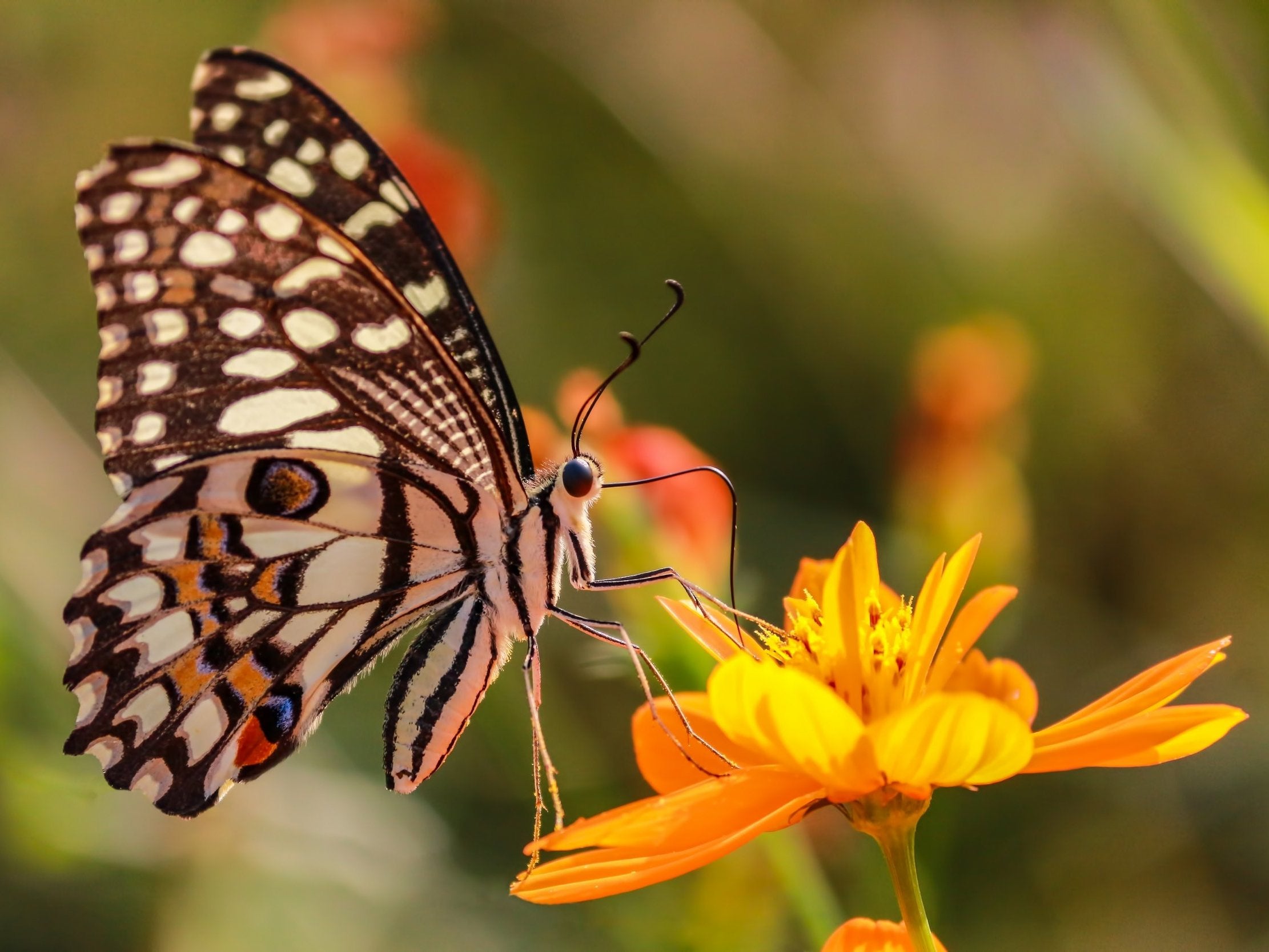Public urged to take part in butterfly count to reveal impacts of climate crisis
April was a mix of sunshine and cold, with a record number of frosts, while May was the wettest for 50 years.

Your support helps us to tell the story
From reproductive rights to climate change to Big Tech, The Independent is on the ground when the story is developing. Whether it's investigating the financials of Elon Musk's pro-Trump PAC or producing our latest documentary, 'The A Word', which shines a light on the American women fighting for reproductive rights, we know how important it is to parse out the facts from the messaging.
At such a critical moment in US history, we need reporters on the ground. Your donation allows us to keep sending journalists to speak to both sides of the story.
The Independent is trusted by Americans across the entire political spectrum. And unlike many other quality news outlets, we choose not to lock Americans out of our reporting and analysis with paywalls. We believe quality journalism should be available to everyone, paid for by those who can afford it.
Your support makes all the difference.Britons are being urged to take part in an annual citizen science project to count UK butterflies after they battled a stormy spring.
TV presenter and naturalist Chris Packham said taking part in wildlife charity Butterfly Conservation’s Big Butterfly Count could help provide vital research into the impacts of climate change on wildlife.
The call for members of the public to take part in the annual count, which takes place over the next three weeks, comes amid an unseasonably cold and wet spring, which conservationists said had hit butterflies.
Butterfly Conservation said its current records show many species of butterflies have had a poor spring or a delay in their emergence following this year’s turbulent weather.
There have been particularly low numbers of speckled wood butterflies, while small tortoiseshells, commas, green-veined whites, large whites and red admirals are also down on their 10-year average, the charity said.
Though April was the sunniest on record, it was also cold, while May was the wettest for 50 years. Butterfly Conservation has called for the public’s help to measure the impact on butterflies and moths.
To take part in the Big Butterfly Count, people just need to spend 15 minutes in an outdoor space, counting the number and type of butterflies, and some day-flying moths, they see.
Wildlife broadcaster Packham, who is vice-president of Butterfly Conservation, said, “Biodiversity and climate crisis is an urgent issue and it can be overwhelming to think about what we can do as individuals to really make a difference.
“Because butterflies and moths make excellent indicators of the impacts of climate change and other human environmental factors, collecting data on their numbers is really important.
“So, something as simple as recording a butterfly spotted in your garden, at your local park or on your window box can play a part in vital research into a global problem. It’s a really valuable contribution everyone can make.”
Dr Zoe Randle, senior surveys officer at Butterfly Conservation, said the Big Butterfly Count, along with other research work, is already showing changes in the populations of butterflies and moths.
“Climate change and other human-led impacts are causing some species to be found in new areas, while others are becoming harder to find in the UK at all,” she said.
The Jersey tiger, a striking moth which flies during the day as well as the night, features in this year’s Big Butterfly Count identification chart for the first time.
The moth has become well established along the south coast of England but is moving further north and is now being found in increasing numbers in London.
Last year more than 145,000 counts were submitted to the Big Butterfly Count, a record for the scheme, but 2020 saw the lowest average number of butterflies logged since it began 12 years ago, and the charity’s scientists want to see if that trend continues in 2021.
Dr Randle said the information will not only help us to protect these species, but also to inform what effect the changing climate is having on our biodiversity.
This year’s Big Butterfly Count runs nationwide from July 16 to August 8.
Join our commenting forum
Join thought-provoking conversations, follow other Independent readers and see their replies
Comments